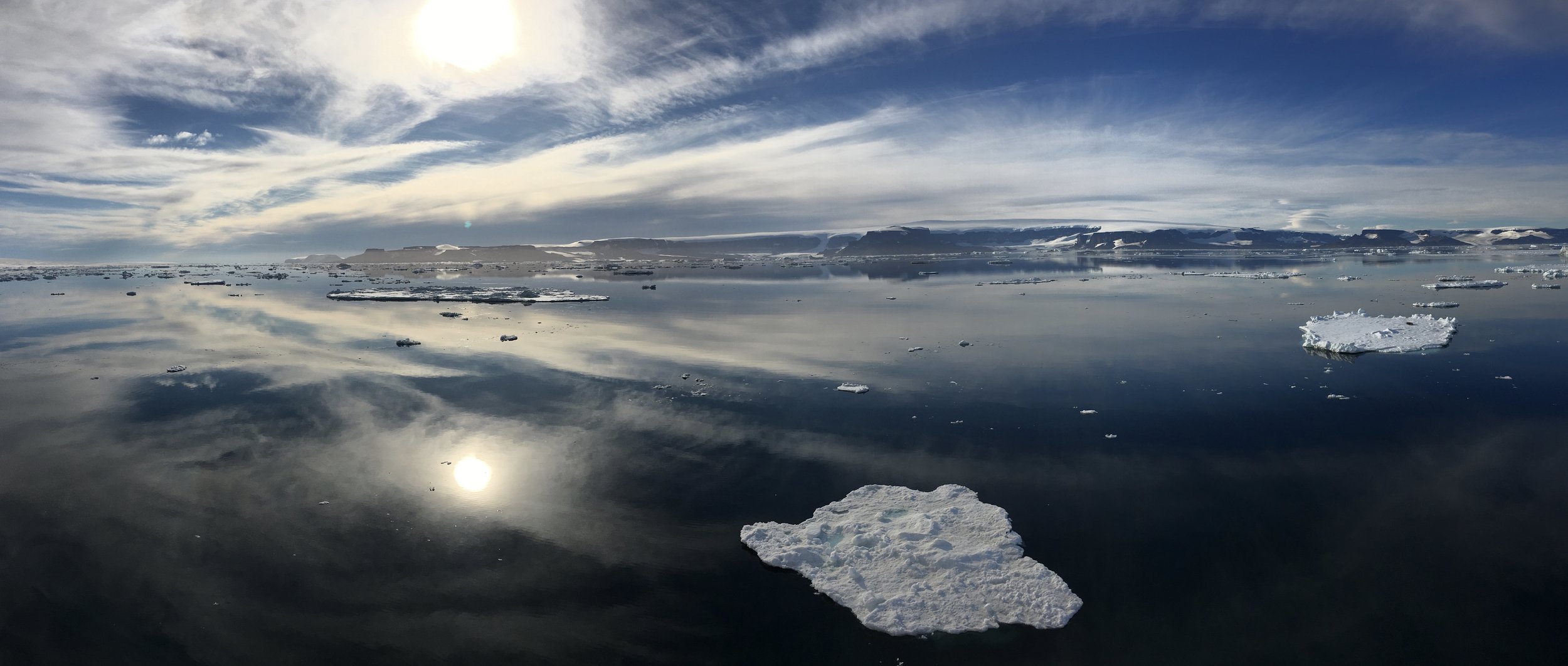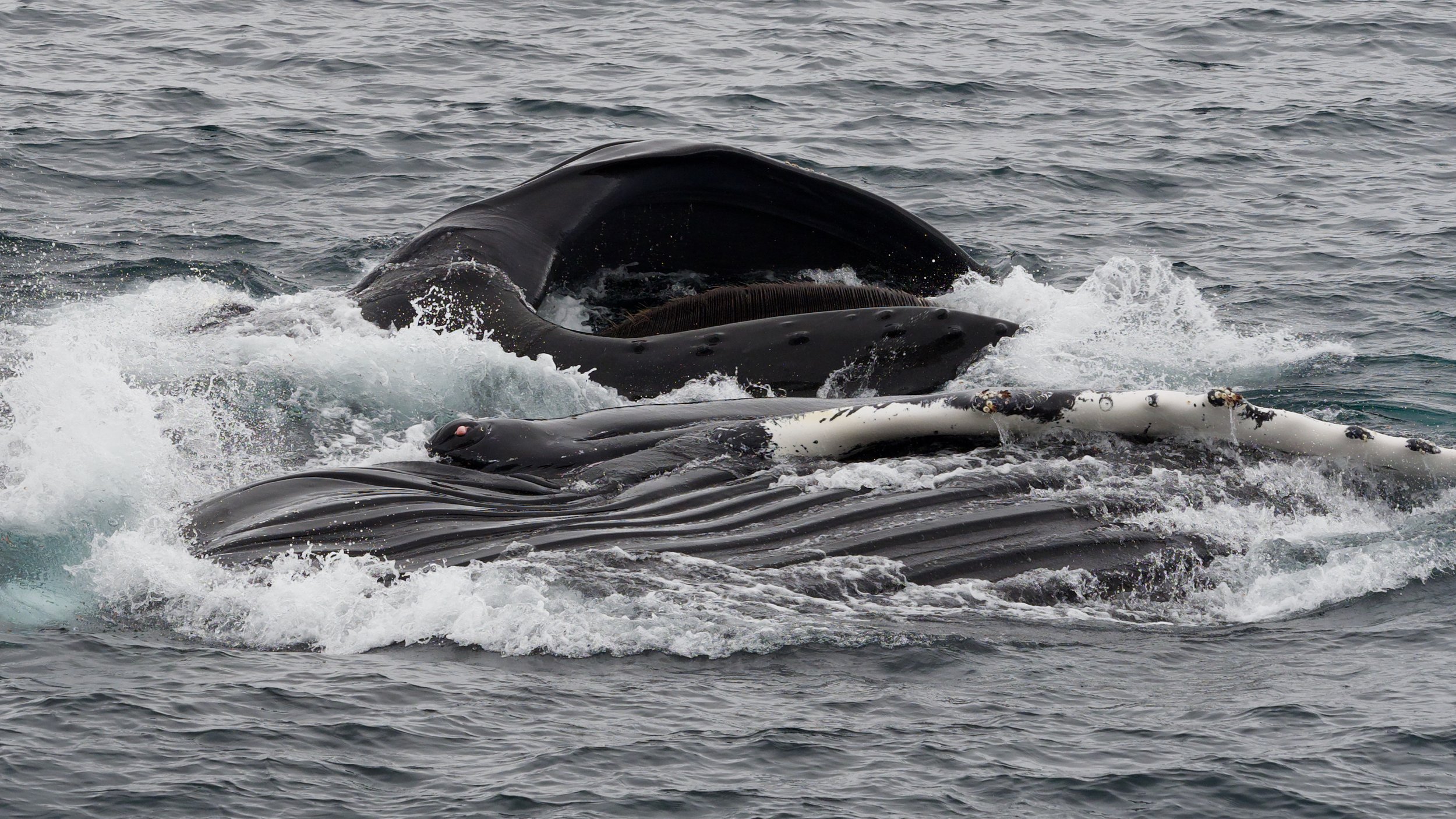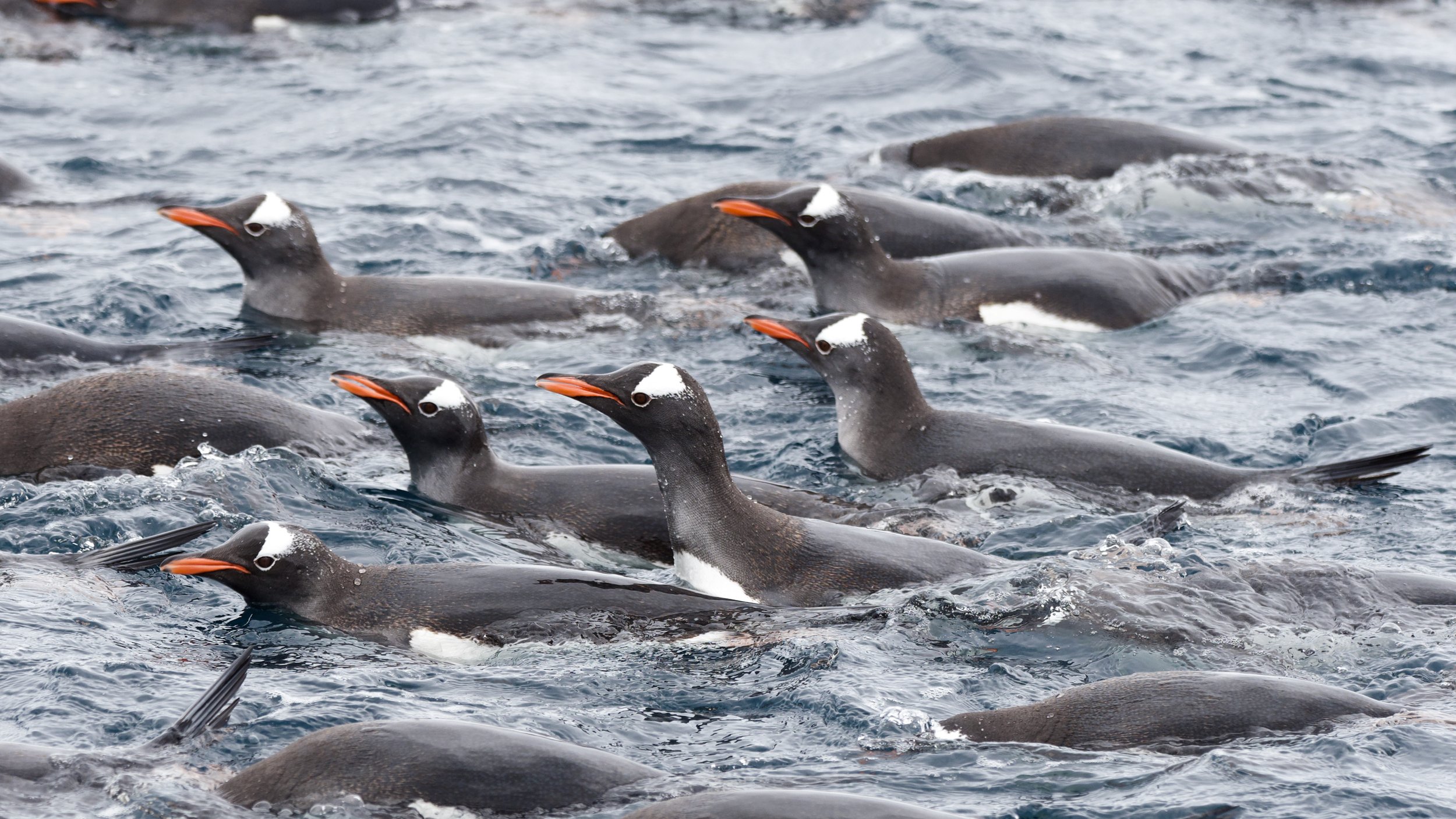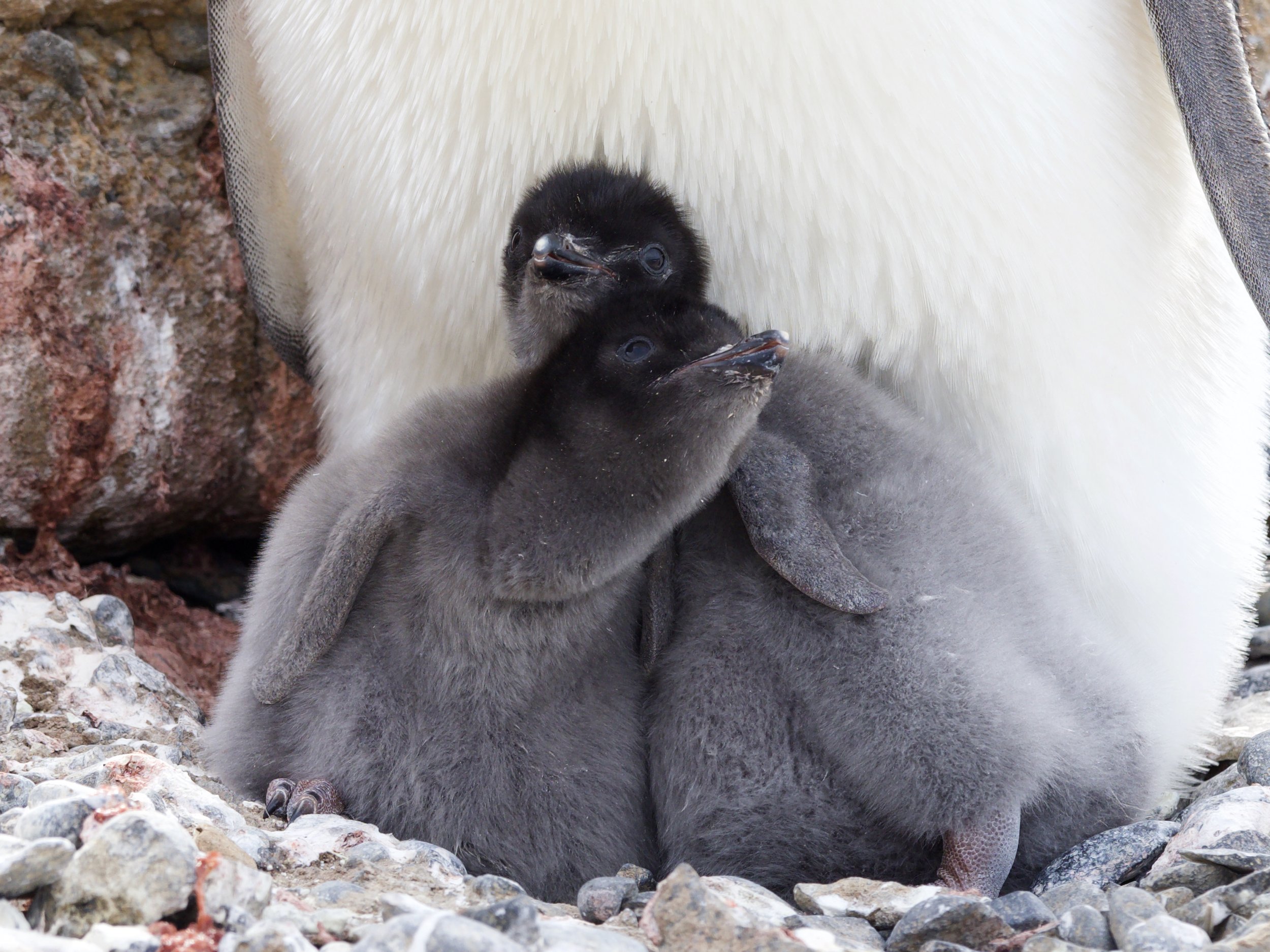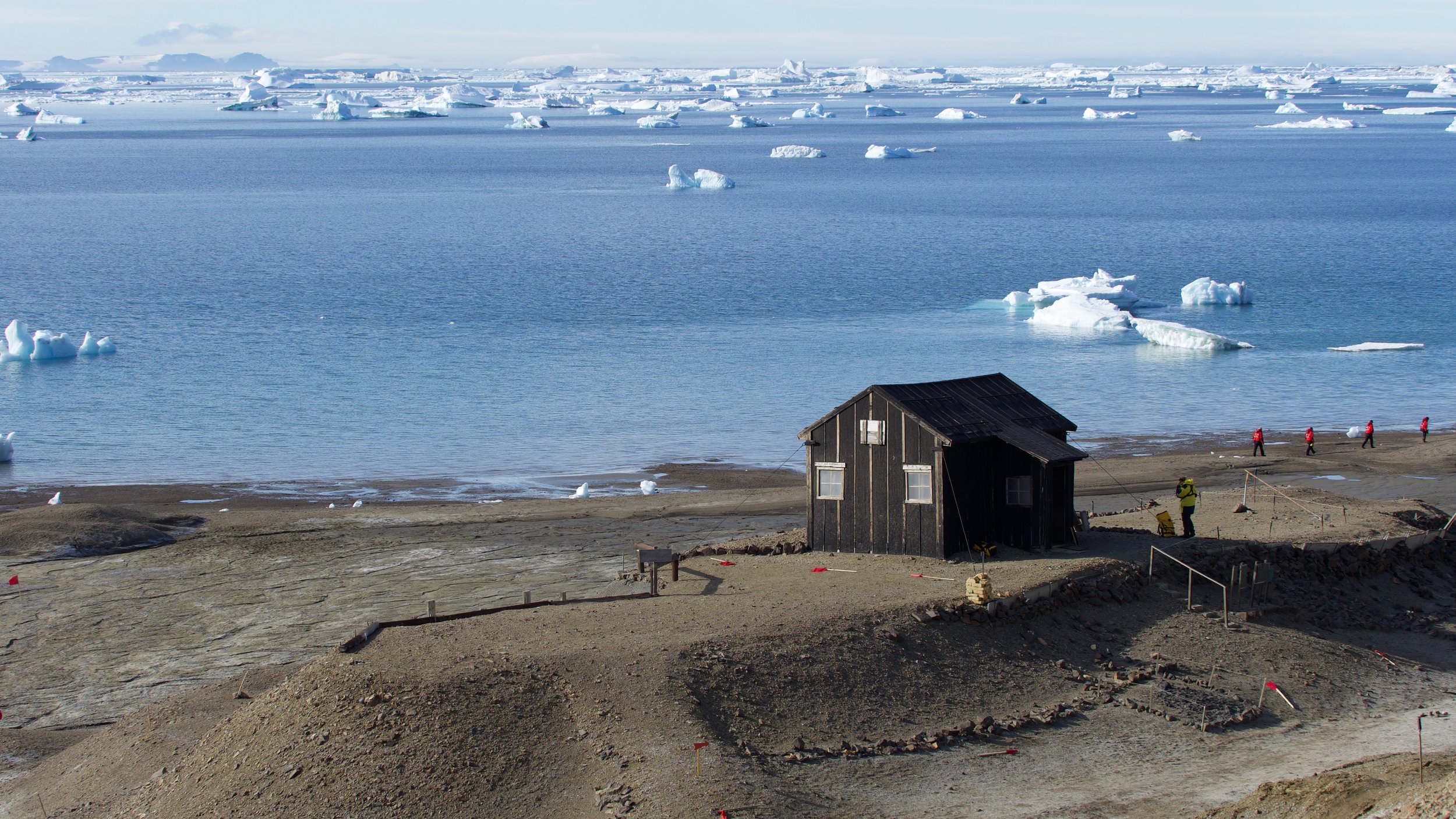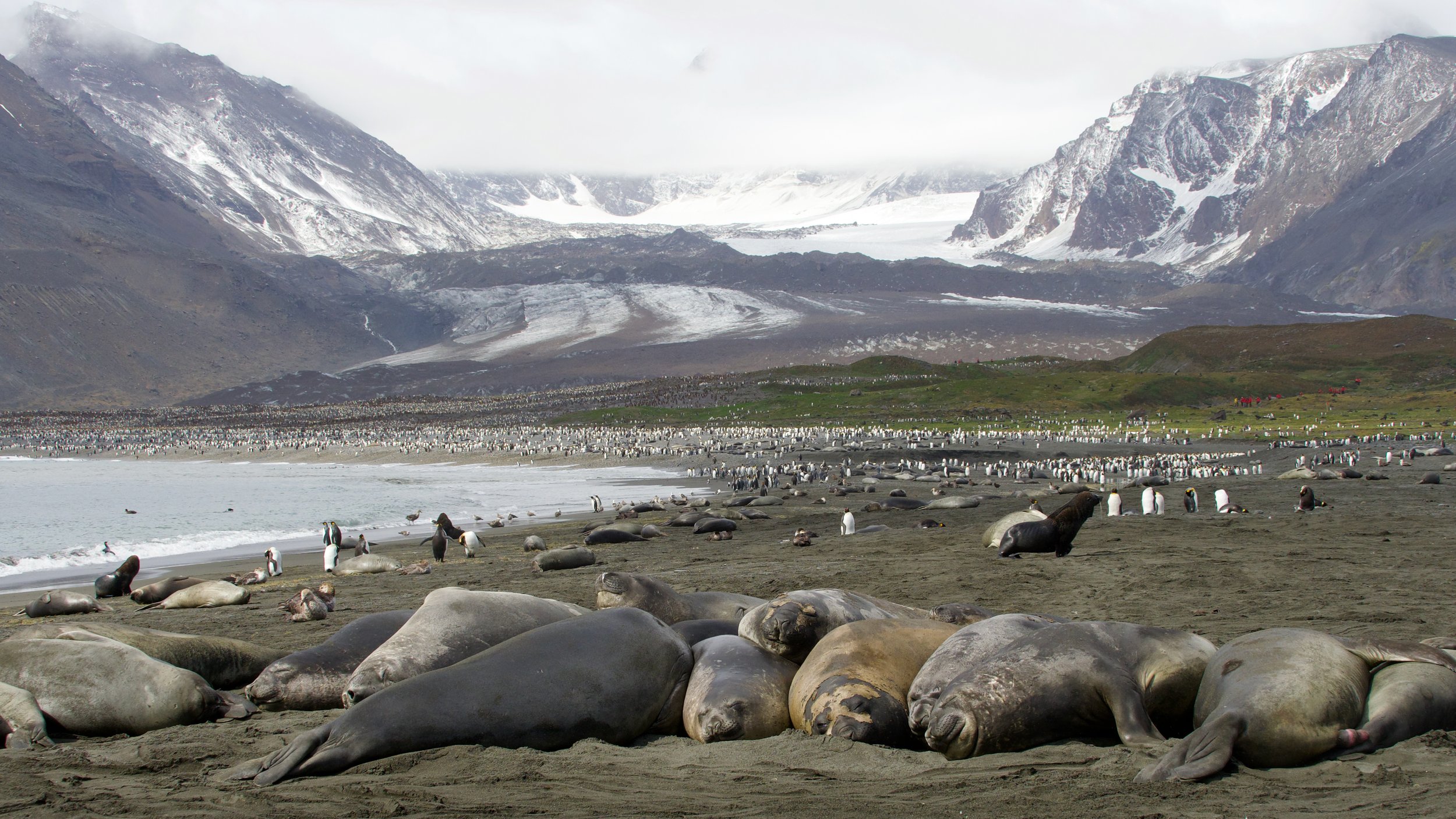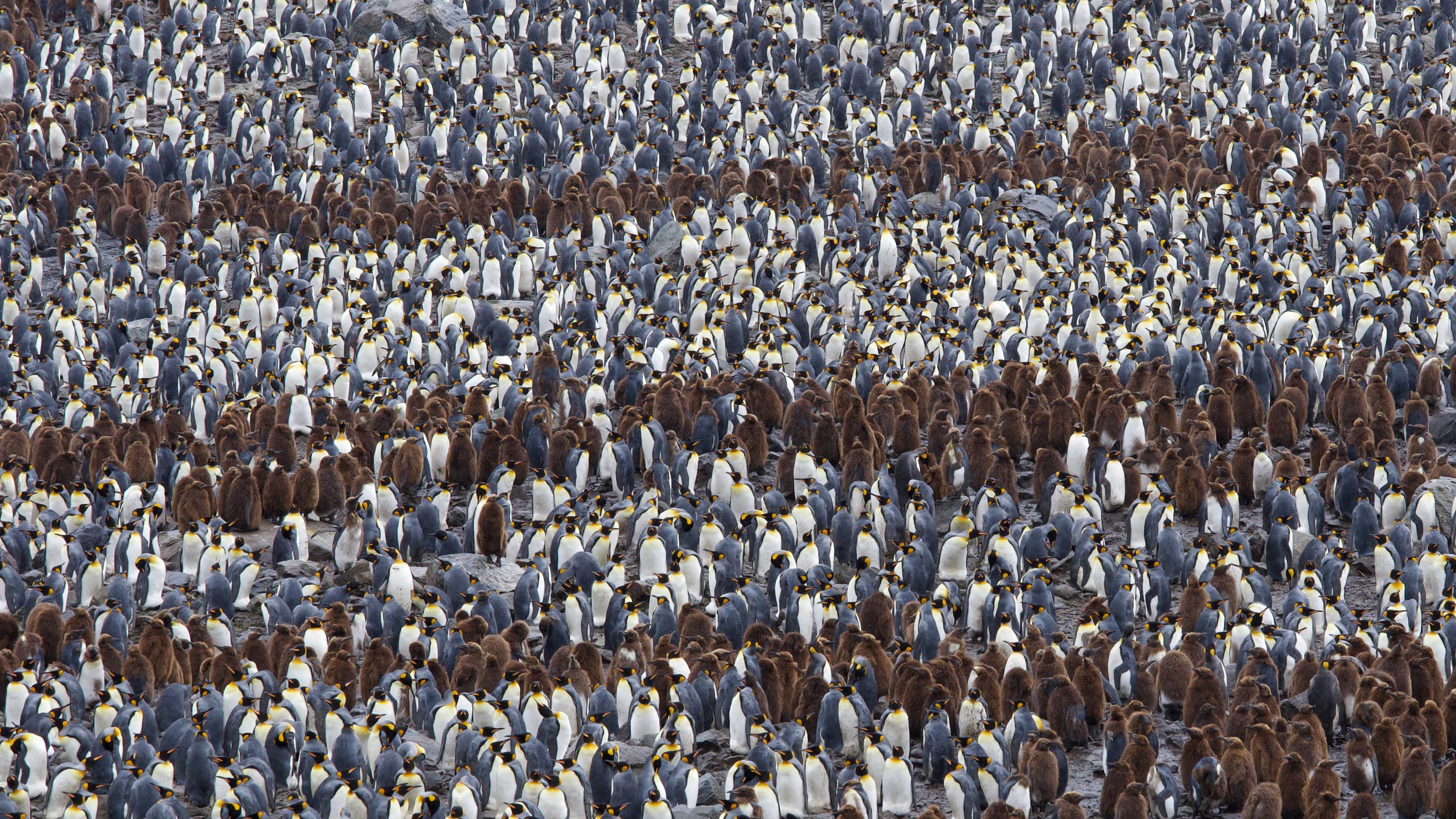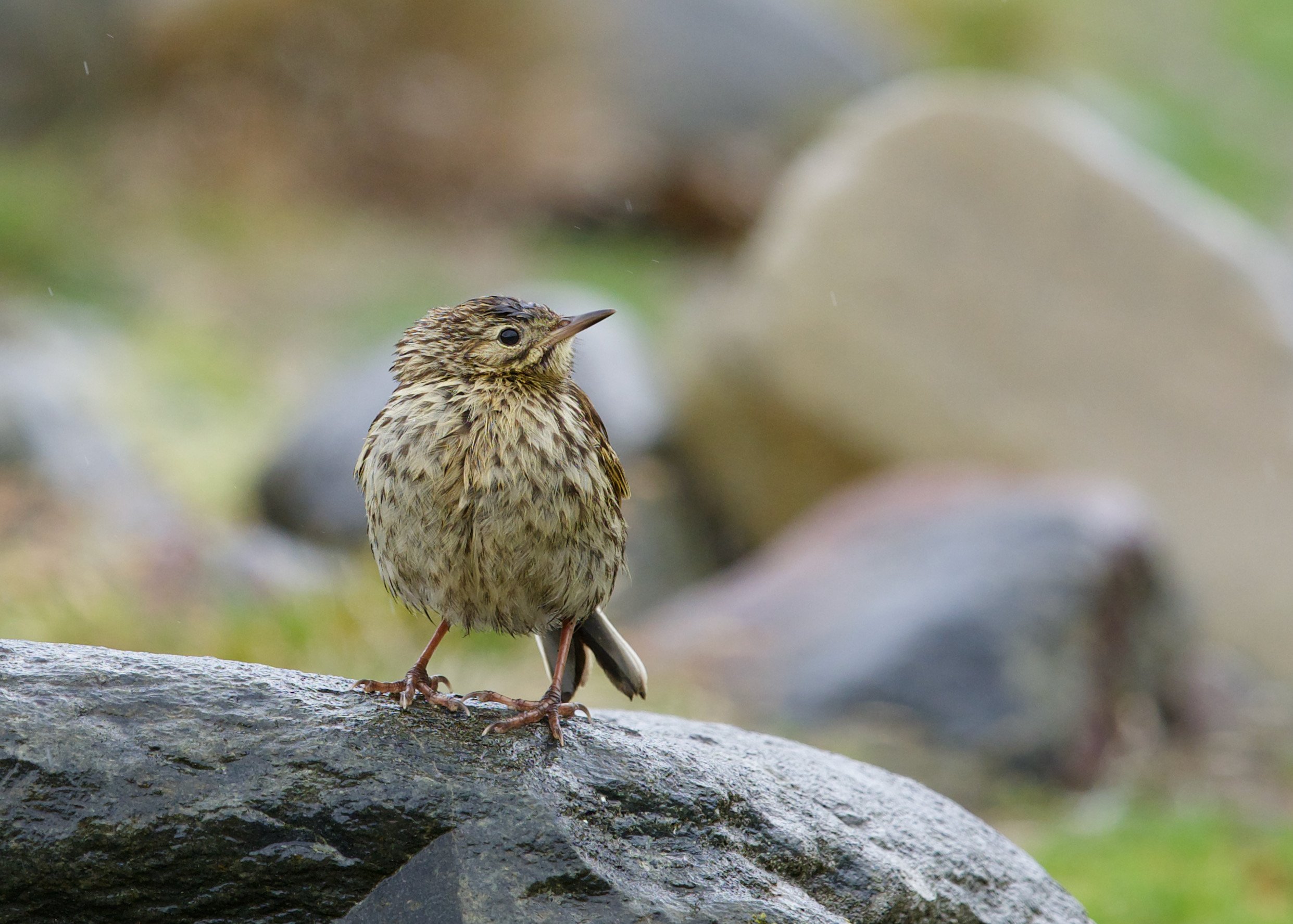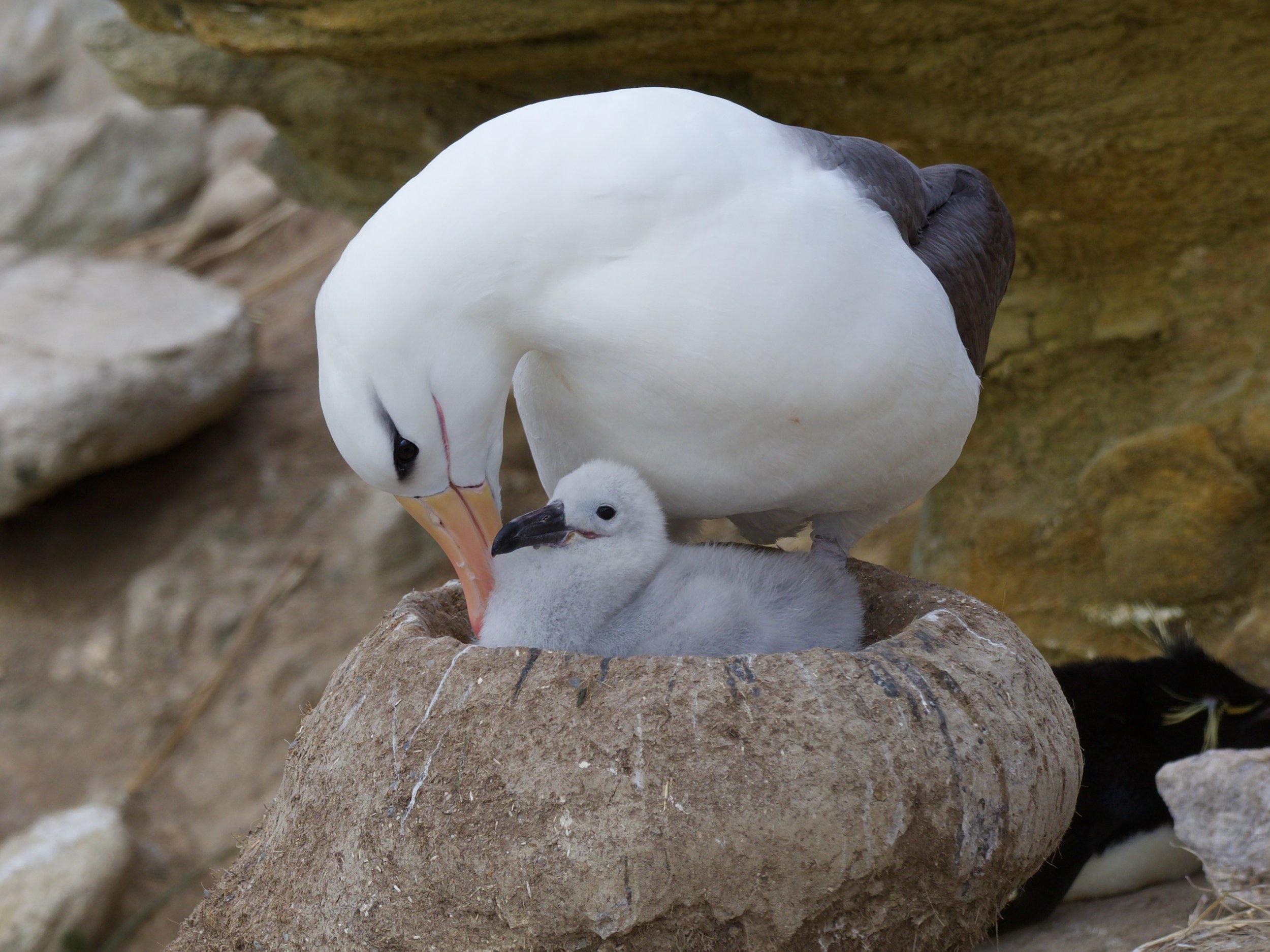December 2021/January 2022 Antarctica
December commenced where November had left off with us trying to pick up the pieces Storm Arwen had left behind. At first glance you could be forgiven for thinking it was fairly devastating but in reality the storm created many new habitats in the form of open glades and of course plenty of dead wood in the years to come which is essential for a functioning forest ecosystem.
Early in December we exchanged our local guiding commitments for the Southern Ocean and the Great White Continent, Antarctica. Joining the Ponant ship L’Austral we spent the remainder of December and into January lecturing and guiding passengers to give them the best possible experiences of Antarctica, the Subantarctic islands and their wildlife.
You cannot fail to be awed by the landscapes and wildlife of these polar and subpolar places. It is also a region of extreme human accomplishment, a place where we as a species have been pushed to the limits of endurance and capability and this adds another, significant aspect to the wonder of the region.
Snow Hill in the Weddell Sea- sublime, tranquil, awe-inspiring
The Antarctic Peninsula is home to a plethora of wildlife from large colonies of Adelie, Chinstrap and Gentoo Penguins, Snowy Sheathbills, Blue-eyed Shags and Wilson’s Petrels whilst Southern Giant Petrels and Brown Skuas are the aerial predators of the region. The frigid waters are also home to an abundance of marine mammals from Antarctic Fur Seals and Weddell Seals to Humpback Whales, Antarctic Minke Whales, Orcas and Leopard Seals.
Humpback Whales come to the Peninsula in large numbers to feed during summer months
The Antarctic Peninsula, in comparison to the rest of the continent projects considerably further north and is washed by frequent fast-moving depressions. This means that sea ice breaks away from its western coast early in the season and those species that breed there also have much easier access into the rich waters of the Drake passage, the stretch of water between the Peninsula and the southern tip of South America. This season we witnessed some considerable snow falls on the peninsula. You might expect this from the Antarctic but the depth of fresh snow this year was particularly anomalous and could well have caused issues for incubating birds becoming buried by the snowfall.
The rich waters around the Peninsula mean species like Gentoo Penguin occur in abundance.
A pair of Adélie Penguin chicks seek shelter from a parent at Brown Bluff, Antarctic Sound
Getting close to wildlife can often be a game of patience and luck in many areas around the world however in Antarctica and the Subantarctic islands the opposite is true, in fact you often need to back away from animals as they wander over to you for a closer inspection.
During the last voyages we were able to spend a prolonged period in the Weddell Sea, an area which is not often visited by cruise vessels due to the normally thick pack ice. This season strong winds cleared an area along the western fringe of the Weddell Sea allowing us a unique opportunity to explore this region, including a landing at the fabled Snow Hill (the site of a winter breeding colony of Emperor Penguins). One of the most enjoyable aspects of expedition cruising is the spontaneity that we can inject into our itineraries and being able to take advantage of good conditions is a must. This spontaneity breeds excitement which further fuels our enthusiasm and passion to engage and get our passengers to places they have only ever dreamed off.
The Swedish Expedition hut at Snow Hill on a beautiful summers day
Our time down south featured a memorable visit to South Georgia, the subantarctic equivalent of the Serengeti and possibly the best wildlife experience on the planet. Steeped in a brutal history of wildlife exploitation and some epic tales of heroism the island is now a dramatic haven for many species. Jagged peaks and stunning glaciers form a backdrop to the beaches teaming with animals. Over 6 million Antarctic Fur Seals join 650,000 Elephant Seals, 1 million King Penguins and 2.5 million Macaroni Penguins; that’s a lot of fur, feather and blubber!
St Andrews Bay, South Georgia, home to hundreds of thousands of animals
Just a few of 250,000 King Penguins at St Andrews Bay
These species mingle together and are all equally unperturbed by our presence, in fact we need to be particularly careful going ashore to avoid getting in the way of everything that’s going on, not just for their safety but also ours; after all Elephant Seals can weigh in excess of 4000kgs and Fur Seals are known for remarkable turns of speed and a good set of teeth!
In the last few years all non-native species of mammal have been eradicated from the island seeing the return of the endemic South Georgia Pipit which had been restricted to just a few offshore islets. The South Georgia Pintail has also become more abundant whilst the tussock grass, which had been heavily grazed by introduced Reindeer is once again thriving and in doing so providing welcome breeding opportunities for many seabirds.
South Georgia Pipit, a species that has hugely benefited from the eradication of non-native species
These voyages also take in the stunning Falkland Islands (Isla Malvinas). This superb archipelago is surrounded by some of the richest seas in the world and as a result are incredibly important for marine mammals and birds. Tussock grass provides shelter for breeding and stability for the ground. White sandy bays are lapped by crystal clear blue waters and fringed by dense banks of kelp where Peale’s Dolphins cavort and South American Sealions laze. The exposed, windy headlands provide perfect locations for Black-browed Albatrosses to breed and are often joined by Southern Rockhopper Penguins and Imperial Shags.
An adult Black-browed Albatross tends to its chick on their bizarre mud nest mound
After an exceptionally successful time in the region (and temporarily free from the Covid-related restrictions) we finally retuned to the not-so chilly northern hemisphere and a new year of exploring and enjoying Royal Deeside and wider Scotland. We look forward to sharing it with you in 2022.
If you would like to join us on an expedition voyage we will soon be adding more information on up and coming voyages including Svalbard, The Northeast Passage and Wrangel Island in the Arctic.
#Antarctica #Ponant #Penguins

